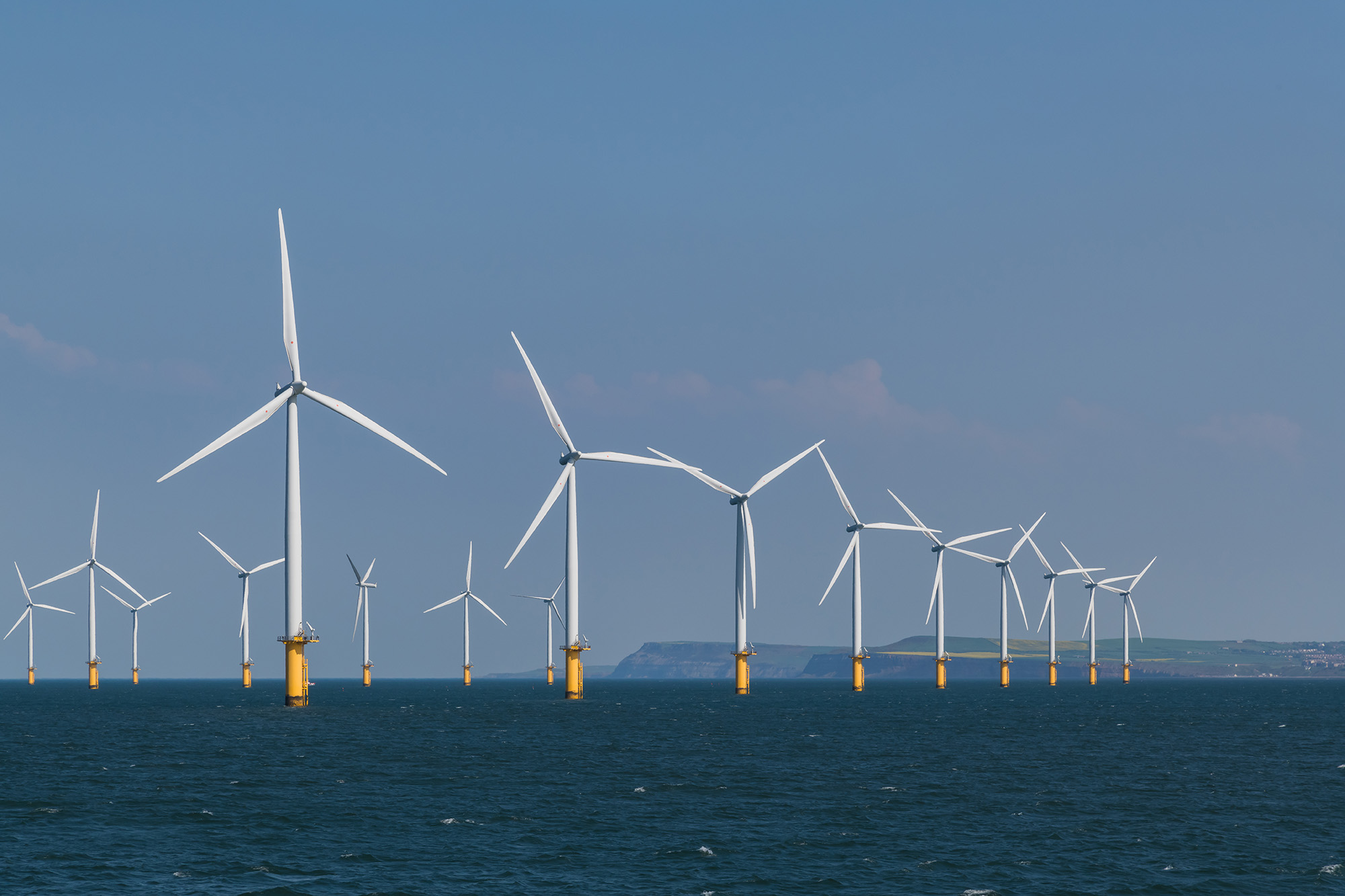In 2024, wind power broke records, generating more electricity than ever before and marking a significant step forward for the UK’s transition to cleaner energy. Across Great Britain (England, Wales, and Scotland), wind turbines produced nearly 83 terawatt-hours (TWh) of electricity—enough to power millions of homes and businesses. This impressive figure, reported by the National Energy System Operator (Neso), highlights how renewable energy shapes the future of the UK’s electricity supply.
A Big Shift from Fossil Fuels
Wind energy isn’t the only renewable source growing. Solar power has also increased. Together with wind, hydropower, bioenergy, and nuclear power, renewables accounted for 56% of electricity generation in Great Britain in 2024. This is the highest share of clean energy ever recorded, showing how the UK is moving away from polluting fossil fuels like coal and gas.
Coal, once the backbone of Britain’s energy supply, made its final exit in 2024 with the closure of the last coal power station. Gas still plays a role in the energy mix, helping to fill gaps when wind and solar output drop, but its use is slowly declining.
Did you know?
Did you know that a single wind turbine can generate enough electricity to power over 1,500 homes for an entire year? Modern turbines are incredibly efficient, with some of the largest ones having blades as long as a football field. When placed in windy areas, these giant machines can produce clean energy 24/7, helping to reduce greenhouse gas emissions and fight climate change!
Why Wind Power is Winning
One reason wind power is so successful is the UK’s geography. Wind turbines can efficiently generate electricity with strong winds blowing across the country, especially in coastal areas. Wind power can provide more than 50% of the nation’s electricity on windy days. For example, during December 2024, there were several days when this happened.
However, wind power isn’t perfect. It depends on the weather, so less electricity is produced during calm periods. To solve this, the UK is investing in energy storage systems, like batteries, to save electricity generated on windy days for use during quieter times. These technologies could help make renewable energy even more reliable in the future.
Cleaning Up the Grid
Switching to renewables has made Britain’s electricity cleaner. In 2014, each unit of electricity produced 419 grams of carbon dioxide, a greenhouse gas contributing to global warming. By 2024, this had dropped to just 124 grams per unit—a massive improvement. The shift away from coal, the dirtiest fossil fuel, has been key to this progress.
What’s Next for Wind and Renewables?
The UK government aims to reduce fossil fuel electricity generation to less than 5% by 2030. Achieving this will require more investment in renewable energy, storage technologies, and smarter systems to manage electricity demand. For example, energy companies might offer cheaper electricity during windy periods to encourage people to use power when there’s plenty of it available.
While challenges remain, 2024 has shown how far the UK has come in its journey towards clean energy. Wind power is leading the way, proving that renewable energy can play a major role in powering homes and businesses while protecting the planet.


